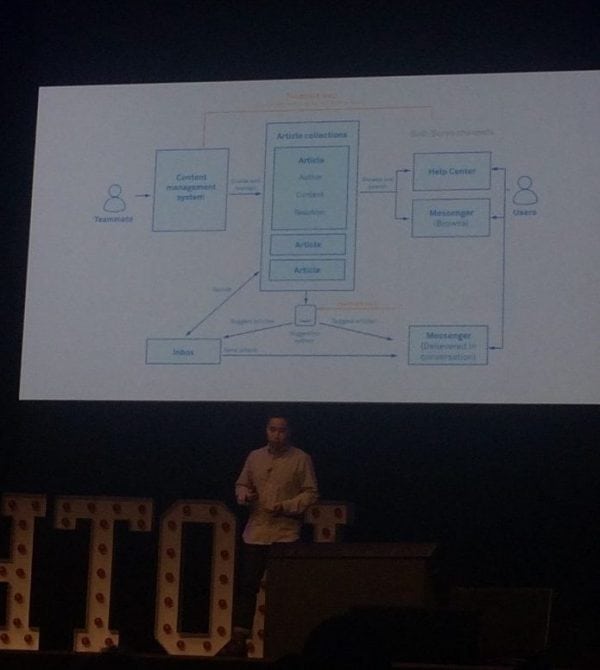An occasional trip to Brighton is always welcome when you can squeeze it in between projects. When your reason for going is to listen to some fascinating speakers and learn something to boot, then the trip is even more rewarding. I was lucky enough to attend UX Brighton 2017 and I can only offer my thanks to Danny and the team for hosting another cracking event.

Liz Keogh’s talk exploring the Cynefin (KUN-iv-in) framework was particularly insightful. Giving a method of making sense of situations where complexity arises and, why we should aim to thrive within them. Cynefin has 5 areas in which problems or challenges might sit.
-
- Disorder – there is no way to take action due infighting and paralysis. In order to tackle a problem in one of the following 4 areas it must be broken up so that it is manageable.
- Obvious – ‘known knowns’ or ‘duh’ problems where it is easy to see the solution. It is a situation which has best practice that is easy to follow when taking action.
- Complicated –‘known unknowns’ where more thought is required although typically someone has tackled the issues before so it is possible to assess a problem and then apply good practices based on your own judgement.
- Complex – ‘unknown unknowns’ and a realm where there are no right answers, there are patterns which can emerge as you take action so here you should look to trial and iterate.
- Chaotic – everything is on fire, it is impossible to understand how your actions may impact the situation however in order to avoid disaster, novel actions must be taken that mitigate the risk of falling into disorder.

Another standout talk for me was ShekMan Tang’s presentation on systems thinking. More practical in nature, it gave a good insight into the process he follows and how it has shaped his approach to avoid jumping straight into interaction design when embarking on a new project.
In the talk, Shek advocated systems thinking, adeptly describing how to identify what the core elements of a system might be, map the interconnections between each and then describe the purpose of each interconnection and element.

-
-
- Reducing the number of elements.
- Combining or reusing elements that fulfil a similar purpose (and better consistency across the system as a bonus.)
- Finding better structures through documenting the system behaviours and identifying efficiencies.
-
These talks provided ways of tackling complexity. Cynefin helps to identify the complexity of a problem and gives an overarching strategy with which to combat it, while systems thinking provides a more tactical way to break apart issues when they arise. Both I imagine, would be useful in a UX or digital marketing role.
Photo credit: Katariina Järvinen
